By Dan Middlemiss, 9 April 2023
David Pugliese has revealed that the RCN is pushing for up to 12 new submarines for the Canadian Navy at an estimated cost of $60 billion.1 Apparently, the navy wants this acquisition to be considered as part of the ongoing Defence Policy Update.
The procurement time line could be more than 15 years, and perhaps even exceed 25 years, according to Pugliese’s sources.
Crucially, thus far there is no indication, should the acquisition be approved in principle by the government, that Ottawa might insist that the submarines be manufactured in Canada.
1. David Pugliese, “ Royal Canadian Navy pitches $60 billion submarine purchase, say defence and industry sources”, Ottawa Citizen (4 March 2023). Accessed at: https://nationalpost.com/news/national/defence-watch/royal-canadian-navy-pitches-60-billion-submarine-purchase-say-defence-and-industry-sources/wcm/9d5c4585-f198-4081-a049-8bb82ca8045c
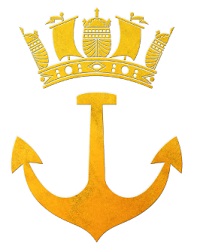
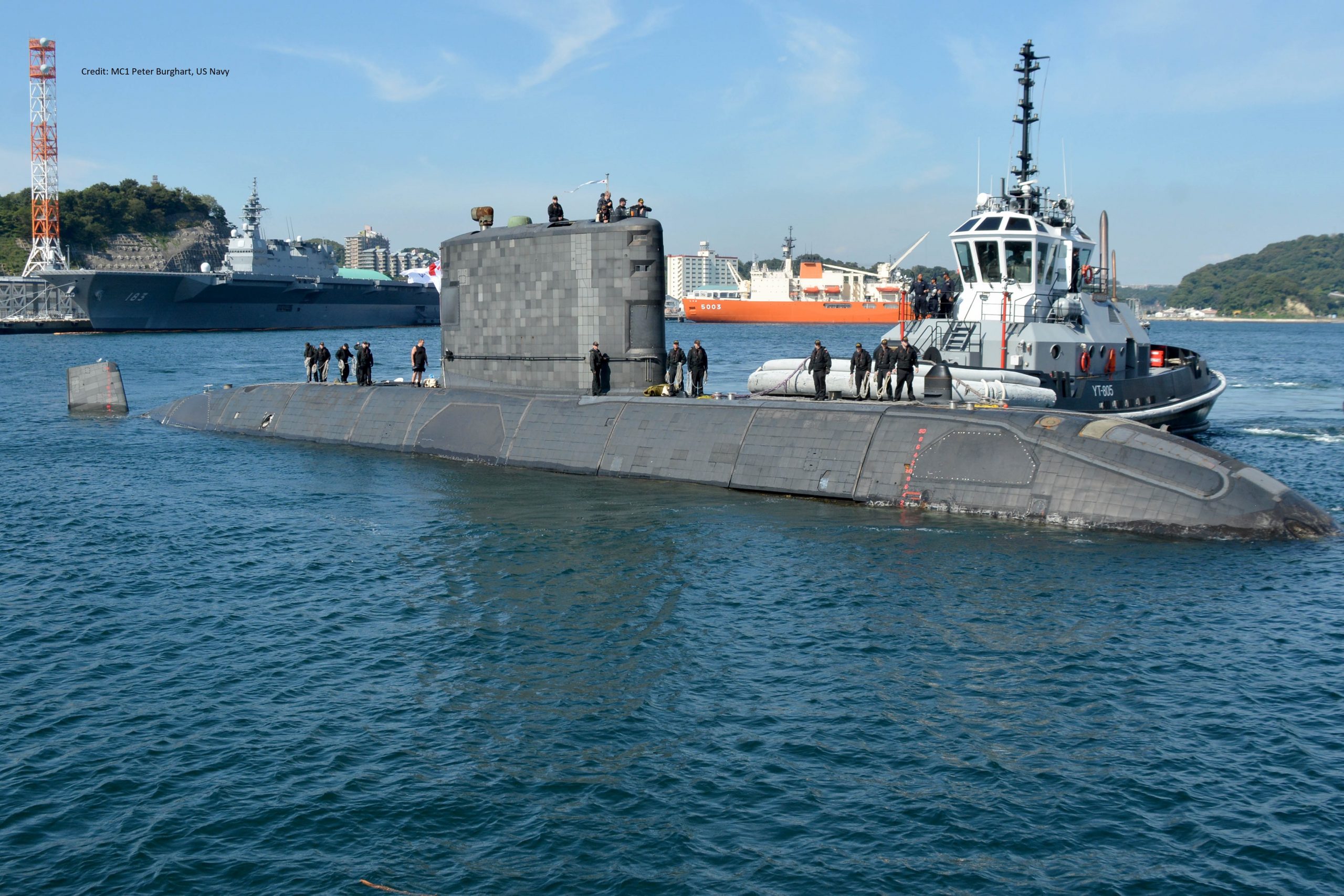
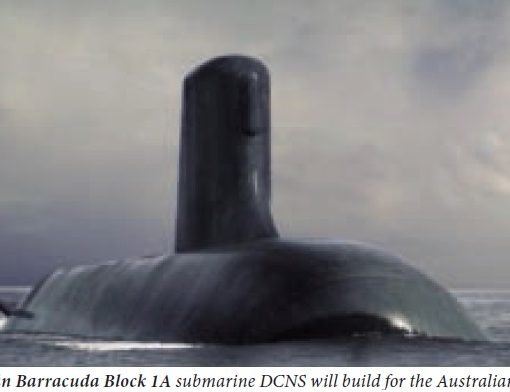
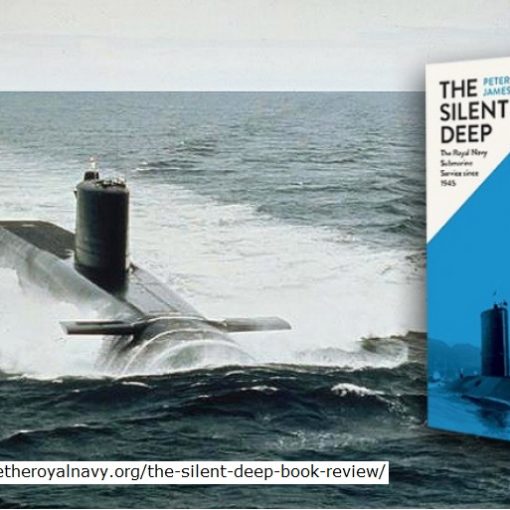
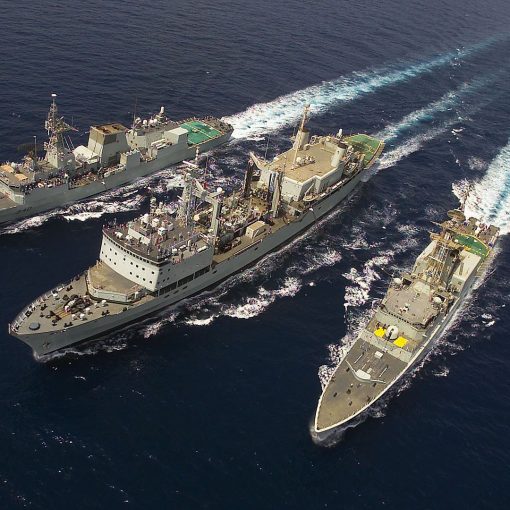
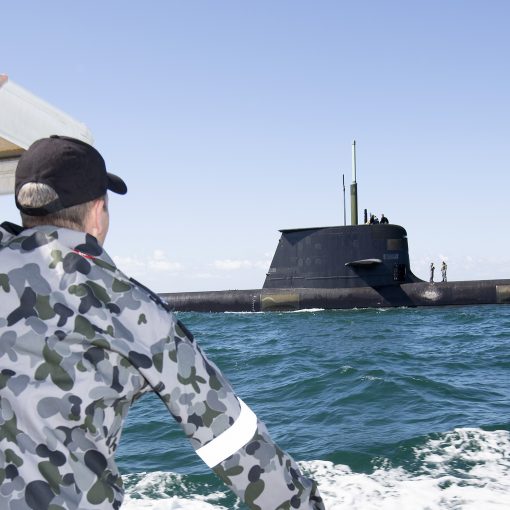
19 thoughts on “New Submarines for Canada?”
I can’t see Canada building submarines that would require massive capital investment. Nor can I see 12 being built.
As I said in another thread, 6 boats is about all Canada actually needs in my opinion.
Hello Blair. To just have one operational boat on each coast does not make any sense. Remember, the other two boats on each coast will either be in deep maintenance or in ramp up/ramp down mode. A fleet of at least 10-12 submarines as was requested by the Canadian Senate makes much more sense. 3 operational boats per coast for deployments/missions (Pacific, Atlantic, Arctic) with the other 3 per coast in deep maintenance/ramp up/ramp down mode.
I think we have to look a little deeper at things than just platform numbers here.
Firstly who is going to crew 12 boats? The RCN is struggling with recruitment and retention which is not a short term problem. Are we going to have enough crew to operate them all? My gut says I doubt it.
Secondly with the CSC costing so much is Parliament going to want to swallow another massive budget like the proposed cost of this program? Again my gut says it’s unlikely regardless of what government is in power at the time.
On top of that we have major air force and likely army programs also coming up near the same time.
While I would love to see 12 submarines in the fleet I really think given the political unwillingness of the past to spend on defence plus the issues with recruitment and retention I do think it’s too ambitious.
Even the Australians recognized this and cut their numbers from 12 to 8 and I think we may see another drop in coming years down to 6 for them.
Very valid concerns.
You are absolutly correct Blair. Canada cannot even operate 6 or more submarines if we do not have the sailors to operate them. Canada’s very first objective is to do a much better job of recruiting the 16,000 CAF members we are now short including the RCN before we even think about new boats in the future.
When we look at everything as a whole here we’re short of a lot of crew. We’re going from 13 frigates to 15 so we need crew for the extra 2 ships and now they want to increase the sub fleet by 8.
So we need at least 850 minimum extra personnel to come through in the next few years (210 per CSC & 53 per boat using Victoria figures). That’s without any retirement & natural wastage.
Of course as the Halifax goes out crews will be freed up but again some will leave and new recruits will be needed to replace them so the 850 figure is very loose.
Its a chicken or the egg problem. We can’t get new kit because we have trouble recruiting sailors, but we can’t recruit sailors without new kit.
Experience wih Op Apollo indicates that a rule of “Four-for One” is more valid than “Three-for-One” for routine long-lasting deployments. Thus, Canada’s submarines should be bought in multiples of four not three. With at least eight purchased, each fleet could have one constantly deployed, one preparing to deploy, one recovering from deployment, and one in refit/maintenance. Such numbers would also provide some surge capability for crises.
I think we need to revise where our operational commitments are and patrol areas are. The reality is that a conventional boat takes much longer to transit than a nuclear one therefore I think we need to rein in expectations of areas to patrol. Do we need to patrol into the SCS with a submarine? Or do we need to deploy to the Med?
Excellent point.
I still believe though that the “Four-for-One” force structuring “rule” is still valid regardless of where the SSKs actually operate.
Totally agree with you Les. The “rule-of-four” plays very well here. That necessitates we have a submarine fleet of 12 for deployment/missions in the Atlantic, Pacific and… Arctic regions and world-wide missions required by all Canadians to protect our sovereignty and play a substantial role world-wide with our allied partners. At least two boats operational, two boats in ramp up/ramp down mode and two in deep maintenance on each coast. That adds up to 12 boats minimum. One of those operational boats per coast could be deployed on Arctic missions as required based out of our new Naval Base in the Arctic.
I think we need to reevaluate our priorities and doctrine. It’s great we work globally with our allies and have several commitments globally but can we sustain that long term?
The RCN is not a blue water force. We have very limited logistical capability even if we retained Asterix and had the two new JSS, there would still be a struggle long term and still a heavy reliance on allies to provide logistical support.
North Korea has over 50 subs….and with China they are exploring mission in our Arctic waters (and Canada lets them run free there)…8 Subs? Ideally, it should be 4 small Nuclear propulse model engines with the AIP system (Like the French Ruby/Barracuda class in size) or go with best Bang for your money/in class for about 1.2B a piece; ThyssenKrupp 212AD Diesel electric with about 30 sailors to run them [https://en.wikipedia.org/wiki/Type_212CD_submarine]. Tiny country Norway has ordered its Subs fleet with this model. 12 units of 212AD is way cheaper than the 85B estimate some suggest. The cost for safeguarding our Territorial sovereignty should disregard any cheap “short” cuts deals. Canada, has the biggest water coast line in the world…North Korea, about the smallest.
Thank you for some valuable points.
Are the NK submarines able to reach the Arctic and to operate under ice?
Agree fully with need for submarine deterrence forces to go with Canadian patrol and presence ships (see CNR 17.3).
The Rubis class, which is actually an Agosta class hull fitted with a reactor, is a very poor ASW platform. Indeed in my opinion the worst SSN NATO has. They are not quiet submarines even with the Amethyst upgrade, indeed we could hear them coming many many miles away on our own sonars. We could also slip in behind them without them knowing we were there.
The other drawbacks of the Rubis are the limited time on station due to their small size which is around 75 days endurance, and they also require refuel every 7 years which is very expensive to undertake. I was left very underwhelmed when I got the chance to ride one back in 2013. They have limited diving capability even some SSKs will out dive them. For an SSN they are also slow, on top of all that they are loud especially when at speed.
Why is all the above important? a lot of the issues the Rubis has is due to size. SSNs generally have a optimal size which is between 85-110m LOA and a beam of at least 10m; this is so all the shielding and rafting can be fitted. The Rubis due to the size couldn’t fit it all in, and what’s more the Rubis was more of a get a SSN quick scheme.
The marine nationale prioritizes the SNLE (SSBN) over the SSN as it carries one arm of their nuclear deterrent.
As for North Korea having 50 submarines, yeah they may well have. Many of them we know don’t go to sea or are in such a state that if they did then I’d be wondering how long for. The current North Korean (DPRK) doctrine doesn’t allow for its vessels to operate beyond the EEZ of the DPRK so the North Korean boats that do go on patrol have no experience in deep water. I’d also argue that they have no real sea time to back up and take the offensive. The DPRK boats are also very old the majority are 30+ years old and they are of very older designs such as the Romeo class which was developed in the 1950s. Therefore comparing DPRK to Canada is a bit of an extreme.
The 212CD-E would be a great idea for the RCN it is from a proven design just scaled up and the casing modified, it is capable of firing various weapons, uses equipment familiar to the RCN, and with other nations already ordering it from NATO it would allow interoperability.
The Korean and Japanese boats are great however both have limitations. There are unfamiliar systems onboard both boats, and how they would operate with our NATO partners could be questionable. Our biggest defense partners are to the east of us in Europe and we work with them a lot more than Korea or Japan.
Thank you for this valuable and highly informative post.
Submarines are an essential naval combat capability, ideally the RCN would have nuclear powered boats. That’s not going to happen, but there is a chance the RCN could procure eight advanced & large diesel-electric AIP enhanced boats if the RCN pushes for off-shore production and in exchange for a small reduction of CSCs to twelve. 20 major combatants would a good workable navy. There are several excellent options, but knowing DND, service in-fighting, Public Works and our governments this won’t happen and we will be lucky to get 3 new boats to replace the current 4 in 20 years.
Hello Nathan. Agree with your first statement however I disagree that Canada needs only 8 modern/enhanced AIP or LIB powered submarines based on my reply to Les Mader. The RCN however cannot deal with all the missions required of them with only 12 CSC frigates. 15 CSC frigates will be a minimum and should not be pared down to 12. With a fleet of 12 modern AIP/LIB boats and 15 CSC frigates, that would be a much better workable RCN. The only snag in this future fleet is the need for an increase in sailors to safely operate this fleet. The CAF is currently well undermanned with a present shortage of 16,000 Army, Air Force and RCN numbers.
@Les Mader
Personally I would love to see 8+ boats in the fleet and 4 to 1 gives us great rotational capability (I do agree with your statement). However given the funding overruns for CSC and the F35 program, plus anything the army will want to bring in to the mix, even 8 boats may be a stretch.
Recently and allegedly Trudeau said that Canada could never meet its 2% commitment according to this article: https://www.cbc.ca/news/world/canadian-forces-nato-washington-post-1.6815616
I stress this is allegedly, but unfortunately from a lot of sources I’m hearing it’s true, and to be honest it doesn’t surprise me either.
This is why I personally think 6 boats would be the absolute minimum to give you potentially 1 on each coast on tasking at any one time. Would I like to see more redundancy and more on patrol of course I would but if the government is saying it’s not willing to spend the money it’s not something I will hold my breath for.